AO Edited
African Elephants Diorama
This magnificent herd of stampeding elephants has been frozen in time for over a century.
The iconic centerpiece of the Akeley Hall of African Mammals at the American Museum of Natural History is undoubtedly one of the most astounding taxidermy dioramas ever produced.
In this scene, a herd of eight enormous elephants lumbers nervously across the center of the gallery, led by a wizened matriarch. Look closely and you’ll spot a small calf that trundles in the shadows of its enormous and protective family members, its trunk touchingly entwined with that of its mother, who seems to be comforting it. Toward the back of the group is a young male bull elephant, who raises his great trunk in readiness to sound a deafening alarm call that will send, within seconds, the panicked herd into a stampeding charge across the savannah.
To emphasize the undercurrent of tension that fills the scene, at the back of the group stands another bull elephant, but much larger than his nervous younger counterpart. The valiant beast is portrayed having swiveled around defensively as if in a rear-guard response to a sound made by something following some distance behind. If an attacker is in pursuit he will respond with ferocious bravery in a counterattack, and, if necessary, sacrifice his life for the safety of his herd.
The majority of these awe-inspiring animals were collected by the master taxidermist and naturalist Carl Akeley, who also personally prepared four of these specimens. But at least one of the large adult female elephants was collected by former president Teddy Roosevelt during his 1909-1910 safari expedition to East Africa. Akeley christened this diorama “The Alarm,” as it portrays a herd of nervous elephants that are captured in the tense moment before a stampede.
Akeley knew from painful firsthand experience just how dangerously unpredictable and temperamental elephants could be. He was almost killed by an elephant during his 1906 expedition to Kenya to collect specimens for the museum. As the expedition moved across the savannah in search of wildlife, the men first heard an ear-splitting cry and then seconds later saw a young bull elephant charging towards them from an acacia thicket. The enraged animal knocked the naturalist, who was standing at the front of the group, to the ground, and proceeded to stomp on his body several times. The sudden violent attack caused his terrified porters to believe that Akeley had been killed instantaneously by the powerful beast, and the group consequently fled in fear for their lives back to the safari camp.
When Akeley’s wife Delia heard the account of what had happened, she insisted on being taken back to the scene of the attack to retrieve the body. Here she discovered to her great surprise that her husband had somehow survived this elephant encounter, albeit with some serious life-threatening injuries. Against the odds, the death-defying naturalist clung stubbornly to survival despite a grueling trip across mountainous terrain to the nearest hospital. Here he was treated for his injuries and once fully recovered, got straight back into the field to continue with his natural history studies.
Once the elephant skins had been shipped back to the museum, it took Akeley many years to assemble the taxidermy specimens. Mounting the skins required a monumental effort; elephant-sized models were built from clay, wire, and wooden frameworks. Akeley was quite a night owl and worked on his dioramas in the dimly lit halls of the museum at odd hours, burning the midnight oil fuelled by endless cups of coffee and brandy.
Know Before You Go
The American Museum of Natural History (AMNH) is open from 10 a.m. to 5:45 p.m. every day. Entrance is free, but it is strongly recommended to contribute a small donation to the museum to help with its upkeep and outstanding scientific work. You can find the elephant herd in the center of the Akeley Hall of African Mammals.


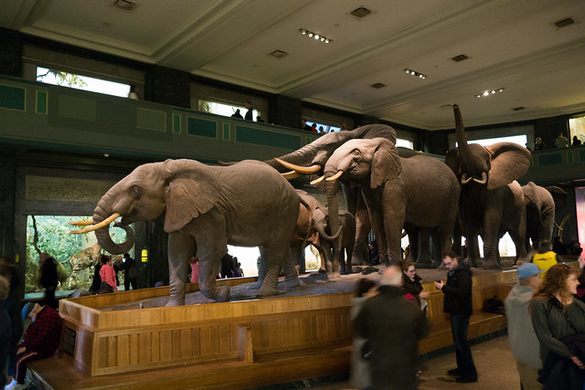

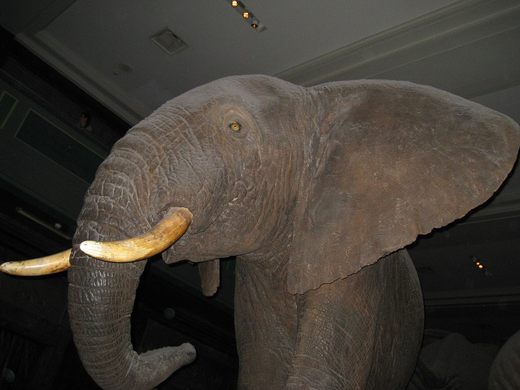

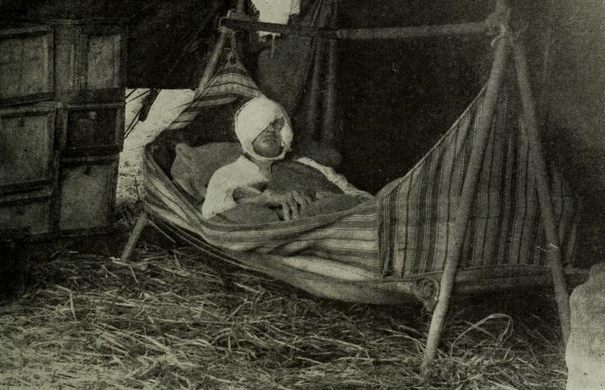
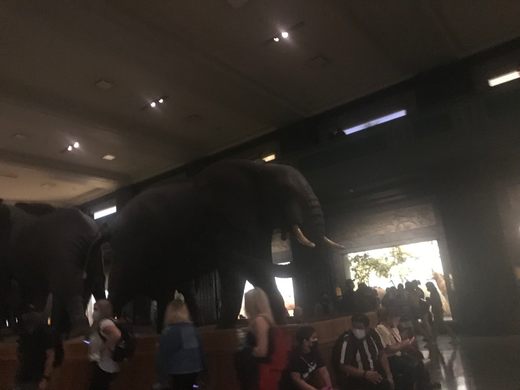
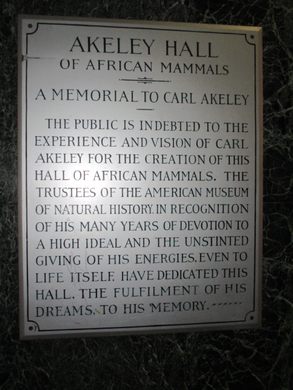





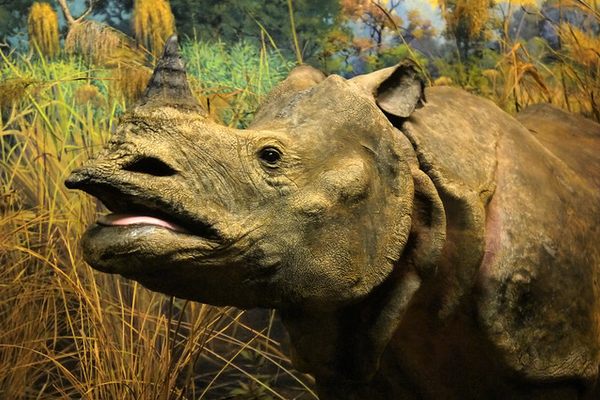
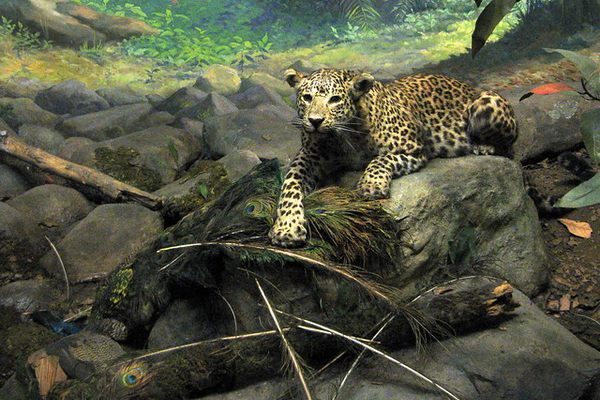

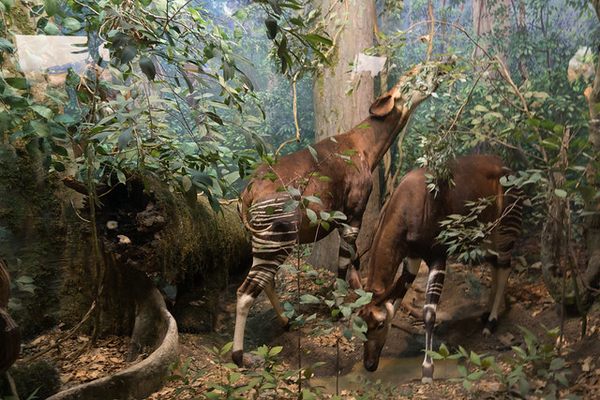

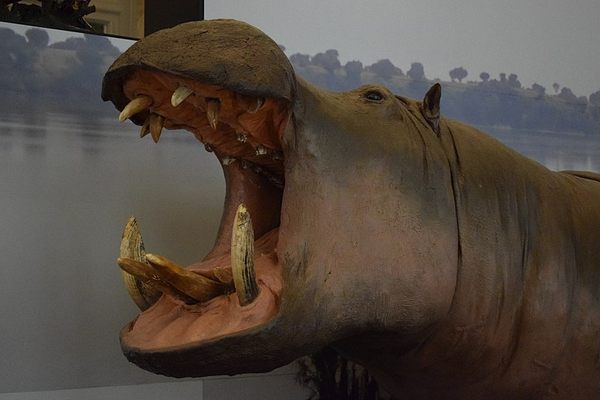



Follow us on Twitter to get the latest on the world's hidden wonders.
Like us on Facebook to get the latest on the world's hidden wonders.
Follow us on Twitter Like us on Facebook